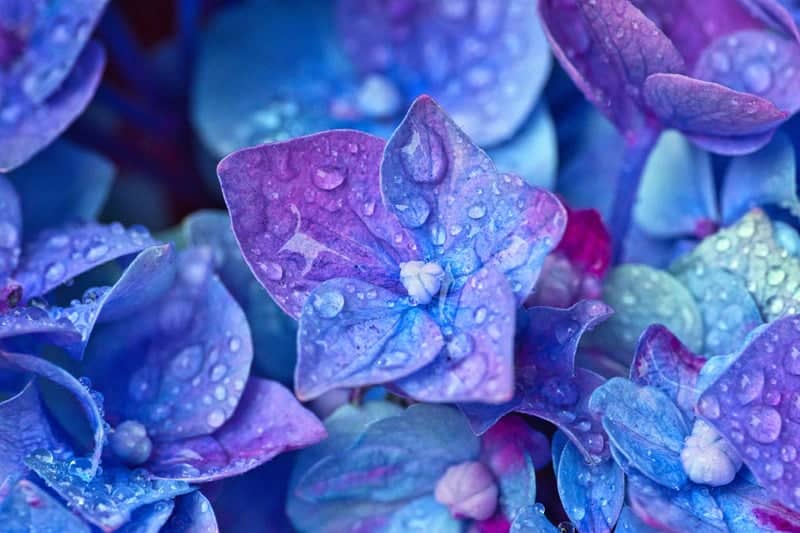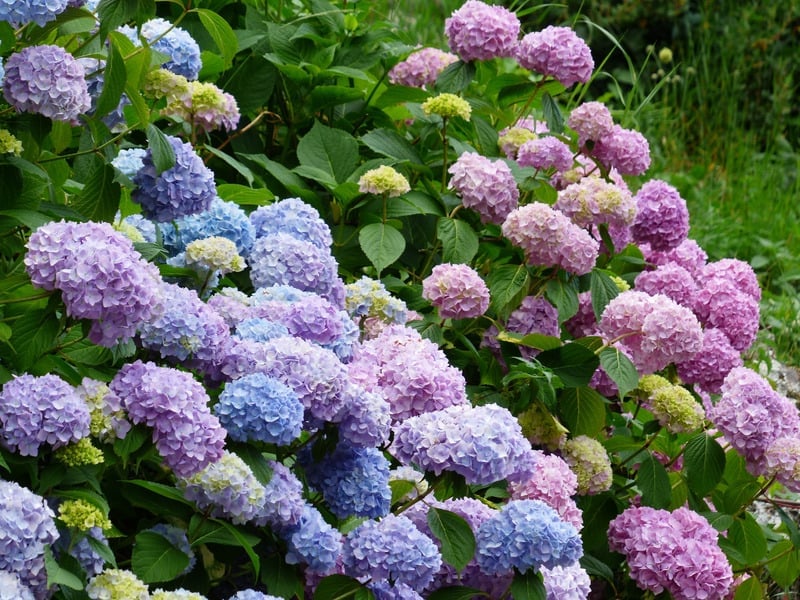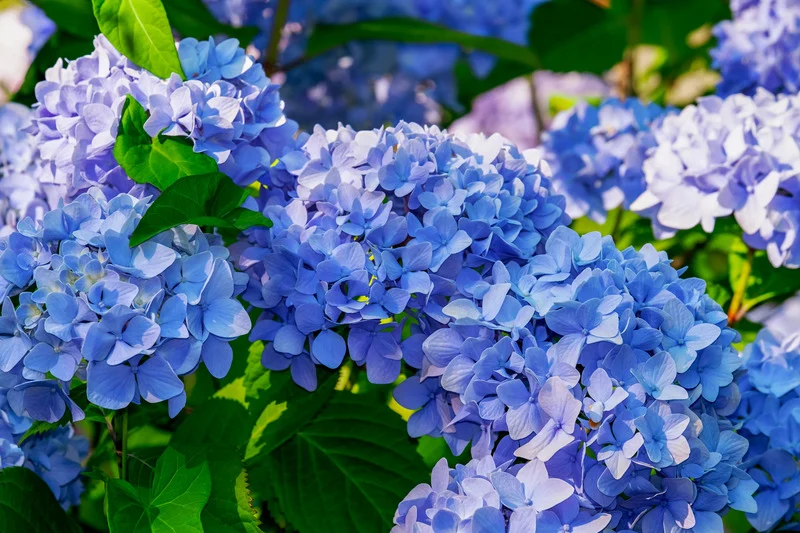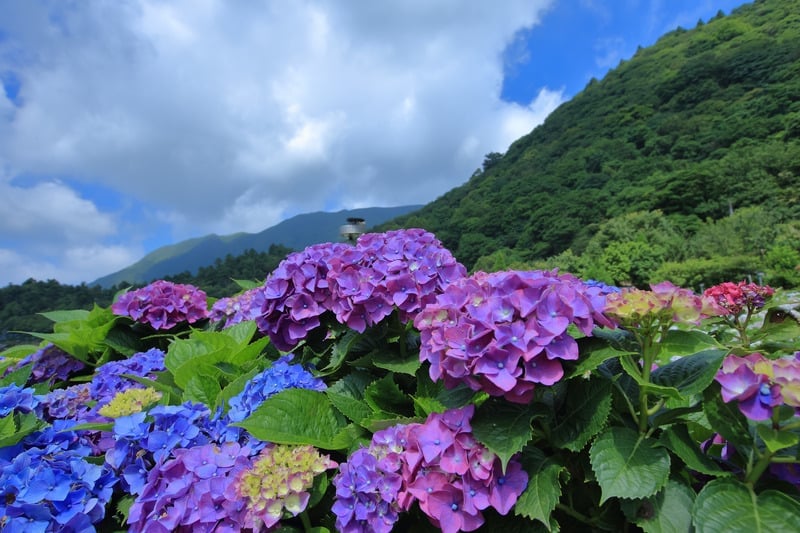
Chinch Bugs vs. Sod Webworms: Spotting the Difference in Your Florida Lawn
Whether you’re a new homeowner in Florida or a long-time resident, you already know that conditions in the Sunshine State…

Hydrangeas are beloved for their stunning, large flower clusters and lush foliage. While often associated with cooler climates, these versatile shrubs can thrive in Florida with proper care and attention. In this guide, we’ll explore how to successfully grow and maintain hydrangeas in the unique climate of the Sunshine State.
Yes, hydrangeas can do well in Florida, but they require some special considerations. The hot and humid climate of Florida presents both challenges and opportunities for hydrangea enthusiasts. While some varieties are better suited to the state’s conditions than others, with proper care and selection, you can enjoy these beautiful blooms in your Florida garden.
Certain hydrangea species, such as the Oakleaf hydrangea (Hydrangea quercifolia) and the Panicle hydrangea (Hydrangea paniculata), are particularly well-adapted to Florida’s climate. These varieties are more heat-tolerant and can withstand the intense sun and humidity better than their northern counterparts.

To ensure your hydrangeas flourish in the challenging South Florida climate, consider the following tips:
In South Florida, hydrangeas benefit from protection against the intense afternoon sun. Plant them in areas that receive morning sun and afternoon shade, or under the dappled light of taller trees.
Hydrangeas prefer moist, well-draining soil. In the heat of South Florida, regular watering is crucial. Water deeply and consistently, especially during dry spells.
Apply a 2-3 inch layer of organic mulch around the base of your hydrangeas. This helps retain moisture, regulate soil temperature, and suppress weed growth.
Opt for hydrangea species and cultivars known to perform well in hot climates, such as ‘Limelight’, ‘Little Lime’, or native Oakleaf hydrangeas.
Proper fertilization is key to maintaining healthy, vibrant hydrangeas in Florida’s unique growing conditions.
Apply a balanced fertilizer such as a 10-4-10 to the drip line of the plant roughly every quarter. This analysis does not have too much nitrogen, as you do not want a fertilizer with a very high nitrogen analysis. Excessive nitrogen can promote lush foliage growth at the expense of flower production.

Like many other plants, spring and fall are the best times to fertilize hydrangeas in South Florida. However, due to the extended growing season in this region, you may need to adjust your fertilization schedule. Here’s a general guideline:
Apply the first fertilizer of the season as new growth begins.
Provide a second application to support the main growing season.
Offer a final fertilizer application to encourage fall blooms and prepare the plant for winter.
Remember to always water thoroughly after fertilizing to help distribute nutrients and prevent root burn. Additionally, monitor your plants closely and adjust the fertilization schedule based on their performance and specific needs.
By following these guidelines and understanding the unique requirements of hydrangeas in Florida’s climate, you can enjoy these beautiful shrubs in your garden year after year. With proper care, your hydrangeas will reward you with lush foliage and stunning blooms that add a touch of elegance to any landscape.
Watering hydrangeas in Florida requires attention to their needs rather than adhering to a strict schedule. These plants are excellent communicators when it comes to their water requirements:
Remember, while hydrangeas love moisture, they don’t tolerate waterlogged soil. Ensure proper drainage to prevent root rot issues common in Florida’s humid climate.
One of the fascinating aspects of hydrangeas is their ability to change flower color based on soil pH. You can use this characteristic to your advantage:
By manipulating the soil pH, you can not only ensure your hydrangeas thrive but also customize their bloom colors to suit your preferences.

When choosing a location for your hydrangeas in Florida, there are certain areas you should avoid:
Hydrangeas struggle in full sun, especially in Florida’s intense heat. Full sun can lead to:
Avoid low-lying areas or spots where water tends to pool. Hydrangeas need well-draining soil to prevent root rot.
Keep hydrangeas away from walls or pavement that reflect heat, as this can create a microclimate that’s too warm for them.
Strong winds can damage delicate hydrangea flowers and dry out the plants quickly.
By avoiding these problematic areas, you’ll set your hydrangeas up for success in your Florida garden.
Proper pruning is essential for maintaining healthy hydrangeas and encouraging abundant blooms. Here are some general guidelines:
Remember, some hydrangea varieties bloom on old wood, while others bloom on new growth. Knowing your specific variety will help you prune at the right time to maximize blooms.
To ensure your hydrangeas thrive in your Florida garden, consider these expert tips:
Don’t simply buy hydrangeas because they’re pretty. Be aware that they may require more attention than most plants.
Ensure you have a proper site in your garden that meets the hydrangea’s specific needs before purchasing.
Consider starting with Oakleaf hydrangeas, which are native to the southeastern United States and well-adapted to Florida’s climate.
In Florida, protecting your hydrangeas from the intense afternoon sun is crucial for their health and blooming.
Keep an eye out for common Florida garden pests like aphids, spider mites, and scale insects. Early detection and treatment are key.
Florida’s diverse landscapes can create unique microclimates. Observe how your specific garden location affects your hydrangeas and adjust care accordingly.
By following these guidelines and tips, you can successfully grow beautiful, thriving hydrangeas in your Florida garden. Remember, gardening is a learning process, so don’t be discouraged if it takes some time to find the perfect balance for your hydrangeas. With patience and care, you’ll be rewarded with stunning blooms that brighten your landscape year after year.